About Roman Forum
Roman Forum is an archaeological site in Rome with staggering ruins of ancient monuments, temples, government buildings, and public spaces. It was once the center for all religious, political, public, and commercial activities of the Roman Empire and has now turned into a major tourist attraction of present-day Rome. The Roman Forum, also known as Forum Romanum in Latin is located in the heart of the ancient city. It is the most influential representation of iconic Roman architecture where you can witness the remnants of the powerful Roman Empire and experience its splendor.
The ruins narrate countless stories of valor, alliance, deceit, conspiracy, victory, and defeat of one of the world’s oldest civilizations. Walking through the ruins, you can imagine life as it was around 20 centuries ago and gain unprecedented insights into the lives of Ancient Romans. In those times this multi-purpose site had served several royal purposes and was the most celebrated meeting place in the world for centuries.
After the Fall of the Roman Empire, the precious monuments on the Forum were torn down and its glory was scrambled. The Forum had been buried for centuries before it recovered to become one of the most visited archaeological sites. Today these mysterious remains attract more than 4.5 million visitors annually. If you are holidaying in Rome, a visit to the Roman Forum along with the Colosseum and Palatine Hill will let you understand the Eternal City through its history.
Also Checkout: Things to Do In Florence
Roman Forum Highlights
• Visit the area of the Roman Forum which was once surrounded by a number of historically significant structures and where trade and commerce occurred in the earlier days.
• Visit the Roman Forum, where Julius Caesar was cremated.
• Explore the place where the majority of processions and elections were held by leaders to address the public through their speeches
• Traverse around a hugely magnificent area that displays the expanse of ruins, the buildings from ancient Rome, and neighborhoods of exquisitely constructed basilicas and temples.
• Gest was astonished by The Forum Romanum's own archaeological remains that continue to offer new perspectives on the stages and procedures connected to urbanization and monumentality in ancient Rome.
How To Reach Roman Forum
All international flights land at Fiumicino airport which is the main airport in Rome. Roman Forum is around 22 kilometers from Fiumicino airport.
TRAIN: The quickest way to reach Roman Forum when you land at Fiumicino airport is by train which takes 1h and costs 7€ - 35€. There are two kinds of train services for you to choose from- local and express. While the express train is available frequently and is expensive, the local train is slower and cheaper.
BUS: Alternatively, you can opt for a bus service, which costs 7€ - 9€ and takes 1 hour 22 minutes. Buses are also available in two variants- coach and shuttle bus. Coach buses are economical but take up more time to fill up. Shuttle buses are luxurious buses available on a sharing basis and take only 24 minutes to drop you off directly at the Roman Forum.
You need to get down at Rome Vatican for a change and then take the next bus to Teatro Marcello/ Ara Coeli, which is approximately 500 meters from the Forum.
CAR: For a more convenient trip directly to the Roman Forum, you can hire a taxi at the airport with a set fee of 48€ for four passengers.
You Can Also Book: Leaning Tower of Pisa Tickets
Best Time To Visit Roman Forum
April to May and September to October is the best time to visit the Forum Romanum. Rome has chilly and windy winters and sweltering summers so it is advisable to visit the city during spring or autumn. In April the temperature is around 20 °C while July is the hottest month with the temperature soaring to 32°C which starts dropping from August onwards.
The Forum is open from 8:30 AM to 7:00 PM daily but the best time to visit is after 5:00 PM to catch the sun setting over the ruins. During the hot months, an early morning visit is recommended.
Suggested Read: Rome Walking Tour
Roman Forum Other Essential Information
Location: Via Della Salara Vecchia, 5/6, 00186 Roma RM, Italy. The Roman Forum is located in the heart of Rome, near the Colosseum and Palatine Hill.
Opening Hours: 8:30 AM to 7:00 PM daily. Closed on 25th December and 1st January every year.
Entry Fee: Combined tickets to visit the Colosseum, the Roman Forum, and the Palatine
Adults: 16€ (valid for one day) 18€ (valid for two consecutive days with one access to each location)
European Union members (18 – 25 years old): 2€
Children from across the world (less than 18 years), seniors (over 65 years), and members of the EU: Free
Distance from Nearest Airport: 22.3 kilometers from Rome Airport (FCO)
Click Here to Book Now: Duomo Florence Tickets
History of the Roman Forum
Ancient Rome was founded in 753 B.C. and named after its first king, Romulus. As per traditional belief, an alliance formed as a settlement of combat between Romulus and his rival Titus Tatius laid the foundation of the Roman Forum. The low-lying marshland between Palatine Hill which was occupied by Romulus and Capitoline Hill which was ruled by Titus was selected as a neutral meeting point. The world’s first-ever covered sewage system, the Cloaca Maxima was then built in 600 B.C. to drain the wet marshland to make it functional.
The Forum initially served as a marketplace (known as the Forum Magnum) but it became more functional around 500 B.C. It grew over time into a versatile center for key political, religious and social affairs. Construction of temples and other sacred buildings started in the Early Republican period. One of the earliest and most prominent constructions was the Temple of Saturn in 498 BC. Later, around 44 BC the Curia and Comitium were built as complexes for political gatherings. The Forum gradually became the hub of everyday functions such as conducting elections and criminal trials, delivering public speeches, arranging religious ceremonies, carrying out processions and even gladiator matches.
As the Roman Forum crumbled after the fall of the Roman Empire, its significance was lost and it was buried under debris. In the middle ages, it was used as a cattle field known as “Campo Vaccino”. Then the interest of several artists and architects in the Forum during the 17th to 19th centuries led to the rediscovery of its glory. The Arch of Septimius Severus was excavated in 1803 by Carlo Fea, which led to the government-regulated clearing of debris later on.
Also Checkout: Places to Visit in Florence
Roman Architecture of Roman Forum
The architecture of the Roman Forum symbolizes majesty and grandeur. It featured splendid temples, shops, buildings, statues, and allegorical monuments. The buildings were inspired by classical Greek architecture but were reconstructed several times. They were rectangular, circular, and trapezoidal shapes and were built using bricks, concrete, and travertine.
They rested on podiums, had wooden roofs and were clad in marble. The front of these buildings had freestanding columns and there were narrow porticos around them. This construction form was known as “prostyle hexastyle”. Though the designs were influenced by different eras, typical Roman-style structures including basilicas, domes, arches, baths, and amphitheaters were prominent.
Also Read: Museums in Florence
Important Sites in the Forum
In addition to the important buildings and sacred temples, the Forum was ornamented by statues and motifs. These were dedicated to gods, goddesses and great men of the empire. Their remains are archaeologically significant and are a must-see during your visit to the Roman Forum.
1. The Via Sacra: The main and most sacred street of Ancient Rome, The Via Sacra was home to some of the most important religious sites of the Forum. It leads to the Colosseum from the top of the Capitoline Hill passing through the Forum. It was the prime route for triumphal processions and sacred ceremonies and is still the oldest surviving road in Rome.
2. The Rostra: A large elevated platform built in the 6th century, The Rostra was an honored spot during the republican and imperial periods. It was used by Roman politicians, magistrates, advocates, and prominent orators to address the people.
3. Comitium: The Comitium was a large open-air public meeting space in the northwest corner of the Roman Forum. It was constructed for use as a political assembly area and was one of the most important architectural compounds. It held religious and political significance as it was the main spot for decision-making and communication.
4. Regia: The Regia was the legendary royal residence of the Roman King Numa Pompilius. It was constructed on the edge of the Forum along the Sacra Via and was considered a sacred space. It was later used as the office of the Pontifex Maximus, the chief priest who was considered the highest religious official of Rome. It housed the archives, state calendars, records, and annals that were used by the pontifices. The building was destroyed and rebuilt several times.
5. Tabularium: The Tabularium was built by the consul Quintus Lutatius Catulus in 78 B.C. for keeping records and storing documents. The towering structure was positioned on the front slope of Capitoline Hill and contained offices of important city officials. It is one of the well-preserved structures of the Forum that provides astounding panoramic views of it.
6. Lapis Niger: The Lapis Niger also known as ‘Black Stone’ is a large slab of black marble which covers an inaccessible underground room. The room is believed to be the tomb of Romulus, the first king, and founder of Rome and was venerated as a shrine by the people of Rome. Paved in the Comitium, it is accompanied by a tufa column which has the oldest known Latin inscription on a monument. The spot has great significance and was considered sacred by the Romans.
Also Checkout: Things to Do in Rome
Things You Didn't Know About the Roman Forum
The Roman Forum was the activity spot of Ancient Rome and had lied buried for centuries. Its ruins have millions of untold stories that are unfolded time and again by historians and archaeologists. A few interesting facts about the Roman Forum are as follows:
1. Marshland was dried up for constructing the Forum: The Forum had been built on a swampy Etruscan burial ground. The Cloaca Maxima which was the world’s earliest sewage system was built around 600 BC to drain the water from the low lying lands into the Tiber. It is visible near the Ponte Palatino and if rumors are to be believed, a stream of water still trickles down it.
2. Buildings were constructed over ruins: The Roman Forum has remnants from several centuries due to the common Roman practice of building over earlier ruins.
3. The Roman Forum was huge: It covered an area of 250 meters x 170 meters.
4. The Forum was in use for centuries: The forum was used by Rome’s elite and people for over 1400 years starting from 800 BC to 600 AD.
5. Importance of The Curia: It was because of The Curia or Senate House that the Roman Forum was given importance over the other Fora in Rome.
6. The Forum housed the largest temple of Rome: The Temple of Venus and Rome, built on The Forum in 135 AD measured 100 x 145 meters. It was the largest religious structure ever built in Rome.
7. The Tomb of Romulus is hidden in the Forum: As per ancient Romans, Rome was founded by Romulus, who the Senate murdered. The Lapis Niger is believed to be placed upon his grave and the area is considered sacred.
8. Julius Caesar was cremated at the Roman Forum: Rome’s most famous citizen, Julius Caesar was assassinated and cremated on the steps of the Theatre of Pompey. The Temple of Caesar was built on the spot and was referred to as Caesar’s grave.
9. Severed heads were displayed on The Rostra: During the late Republican period, political meetings became violent and heads of defeated enemies were displayed on the Rostra. In 43 BC Mark Antony had beheaded Cicero and put his head and limbs on display.
10. The destruction started with the Fall of the Roman Empire: Most buildings of the Forum were destroyed in 410 AD when the Roman Empire was falling.
11. Construction material was plundered after the fall of the Forum: After the fall of the Roman Forum, its stones and marble were used to build other buildings and churches in Rome and its surrounding areas.
12. The excavation of the Forum took a long time: The excavation by Carlo Fea in 1803 took more than 100 years to clear the debris and is going on to date.
Suggested Read: Churches in Rome
Tips to Visit Roman Forum
1. For a stress-free visit to the Roman Forum, Palatine Hill, and the Colosseum book your tickets in advance as time slots are allotted as per availability. Avoiding queues at the ticket counter will leave you with more time and energy to observe the ruins.
2. The combo tickets for all three locations can be booked online. They are less expensive and valid for two days.
3. To understand the historical importance of the place and enjoy your visit, start from the Roman Forum, head over to the Palatine Hill and visit the Colosseum in the end.
4. To know the significance of what you are looking at, make sure to read the signs. You can also rent an audio guide or join a guided tour.
5. The Forum is in a large area and the ground is covered with uneven stones so wear comfortable walking shoes.
6. There is no shade or shelter in the Forum so be sure to carry your umbrella and plenty of water to drink.
Suggested Read: Famous Fountain In Rome
Attractions near Roman Forum
1. Colosseum: Situated to the east of the Roman Forum, the Colosseum is a popular tourist attraction as it is listed among the Seven Wonders of the World. It was constructed in 70 AD by the emperor Vespasian and officially opened by his son Titus in 80 AD.
It was the largest amphitheater built in that era and was also known as the Flavian Amphitheatre. The huge amphitheater was a freestanding oval structure made of stone and concrete. It was used for entertainment purposes and could hold around 50000 to 80000 spectators. Most of the structure has been ruined by earthquakes and plundered for construction material but it still manages to attract tourists from across the globe.
2. Forum of Augustus: One of the Imperial Forum of Rome, it is also known as the Foro di Augusto. It is located around 2 kilometers from the Roman Forum. It was commissioned by Augustus in 42 BC to provide additional space for legal proceedings and for building a temple in honor of Mars. The ruins feature a raised platform with three columns on the front and remains of the Temple of Mars Ultor, the god of war.
3. Carcer Tullianum: Set below the Church of St. Joseph of the Carpenters - XVI century, the Carcer Tullianum overlooks the Roman Forum. Built in the 7th century BC, it is Rome’s oldest prison which was also known as the Mamertine Prison in the middle ages. The prison has great archaeological significance and as per ancient tradition, it is revered as the site of martyrdom of Saint Peter and Saint Paul.
4. Trajan’s Market: Placed at the opposite end of the Colosseum, Trajan’s Market (also known as Mercati di Traiano) is considered to be the world’s oldest shopping center. Constructed in 100-110 AD by architect Apollodorus of Damascus, as a part of Trajan’s Forum. The archaeological complex currently holds the Museum of Imperial Forums or the Museo dei Fori Imperiali. The museum exhibits artifacts from all the Ancient Rome’s forums.
5. The Palatine: The centermost hill of the Seven Hills of Rome and the birthplace of the city, The Palatine Hill is situated 40 meters above the Roman Forum. During the Republican period, splendid palaces were built by the upper-class Romans on this hill. The sumptuous remains include those of Domus Flavia, House of Livia, House of Augustus, Farnese Gardens, and Hippodrome of Domitian.
6. Column of Phocas: Erected in 608 A.D., this 13.6 m tall Corinthian column was dedicated to Byzantine Emperor Phocas by Smaragdus. This isolated landmark is located near the Arch of Septimius Severus and is considered the last addition to the Roman Forum. A gilded statue of the emperor stood on top of the column which was pulled down after his death.
Do Read: Rome Monuments
Temple of Saturn
The first temple to be built on the Roman Forum was dedicated to the supreme god Saturn. It is located at the foot of the Capitoline Hill at the western end of the Forum and can be recognized by the eight weathered yet iconic columns. The temple was built in the location of the existing shrine, the Ara Saturni. It housed the state treasury as Saturn was considered the god of agriculture and wealth. It had been reconstructed several times after being destroyed by fire repeatedly.
Also Book: Vatican Museums Tickets
Temple of Antoninus Pius
Located on the Via Sacra, this ancient Roman temple was constructed in 141 AD by the Emperor Antoninus Pius. It was dedicated to his deceased and deified wife Faustina and later to him after his death. The temple was built on a high podium made of tuff ashlar with steep steps leading up to it. The prostyle temple had six Corinthian columns on the front made of colored marble. The only remains of the temple now are the columns and architrave with the inscription of dedication to the deified couple.
Click Here to Book Now: Colosseum Tickets
Temple of Castor and Pollux
This temple was built in 484 BC by the Roman dictator Aulus Postumius Albus Regillensis. It was built in gratitude for the Dioscuri (the twins Castor and Pollux) after their legendary victory at the Battle of Lake Regillus, where the Romans had for the first time taken over the Latins. The only remains of the temple are its three 12-meter Corinthian columns clad in white Italian marble, popularly known as The Three Sisters and a part of the architrave.
Book Now: Bioparco di Roma Tickets
Temple of Vesta
A small circular east-facing temple with Corinthian columns, which is the oldest sacred building on the Forum. It was dedicated to Vesta, the goddess of the hearth (household), home and family. The temple was a revered building in Ancient Rome as it housed the Sacred Fire which was guarded by the Vestals. It was built by Numa Pompilius and was rebuilt many times after being destroyed by fire. It was demolished in 1549 and its marble was plundered to build other churches and palaces.
House of the Vestals
It was located at the eastern edge of the Forum, behind the Temple of Vesta. The House was the official residence of six Vestal Virgins. They were the priestesses in charge of guarding the sacred fire at the Temple of Vesta. They also performed the rites connected with the cult of the hearth. The remnant of the house has statues of the vestals with inscriptions on the pedestals describing their virtues.
Also Book: Galleria Corsini Tickets
The Curia
Converted into a church in the seventh century, it is the most well-preserved building of the Forum. The meeting house of the Roman senate was a simple building with a seating capacity of around 300 senators. It had been destroyed and reconstructed several times.
Click Here to Boook Now: Capitoline Museum Tickets
Arch of Septimius Severus
Located close to the foot of the Capitoline Hill, at the northwestern end of the Roman Forum is the Arch of Septimius Severus. This white marble triumphal arch was 23-meters high and it was built in AD 203.
It commemorates the Parthian victories of Emperor Septimius Severus and his two sons, Caracalla and Geta. The travertine arch was clad in marble and had a large inscription that proclaimed the glory of the emperor and his sons. Geta’s name was removed after he was murdered by Caracalla.
Also Book: St. Peter's Basilica Tickets
Arch of Titus
The oldest triumphal arches of the Roman Forum, Arch of Titus is located on the Via Sacra at the foot of the Palatine hill. It was built in 81 AD by Emperor Domitian in the honor of his elder brother Titus after he was deified.
The reliefs on the arch are dedicated to the victory of Titus in the year 70 AD when he captured Jerusalem after defeating the Jewish people in Palestine. The panels of the Arch were damaged in the 11th century when it was incorporated into a fortress built by the Frangipani family. Later in 1821, the surviving structure was restored by Giuseppe Valadier, during the pontificate of Pope Pius VII.
Click Here to Book Now: Uffizi Gallery Tickets
Basilica Julia
It was a large public building along the south side of the Roman Forum. Its construction was started by Julius Caesar in 46 B.C. and completed by Augustus in 12 A.D. It housed the civil law court of the empire and was used for official purposes. It was destroyed by the fire and rebuilt by emperor Diocletian in 283 A.D. The surviving remains of the building are its stairs and a pillar in travertine marble.
Also Book: Accademia Gallery Tickets
Column of Phocas
Erected in 608 A.D., this 13.6 m tall Corinthian column was dedicated to Byzantine Emperor Phocas by Smaragdus. This isolated landmark is located near the Arch of Septimius Severus and is considered the last addition to the Roman Forum. A gilded statue of the emperor stood on top of the column which was pulled down after his death.
Book Now: Boboli Gardens Tickets
Tourism Board Alliances
Roman Forum FAQs
What was the Roman Forum used for?
The Roman Forum was built to function as a marketplace. Later it was used for political, commercial, legal, religious, and social activities.
Click Here to Book Rome Tour Packages Now!
Is the Roman Forum free?
Entry to the Roman Forum is not free. You can buy a single ticket to visit the Colosseum, Roman Forum and Palatine Hill area. Tickets are available online too.
Planning A Trip To Rome, Book Our Day Trips From Rome Now!
How big is the Roman Forum?
Why was the Roman forum built?
Who destroyed the Roman Forum?
How long does it take to see the Roman Forum?
Which are the popular attraction tickets in Italy that that you can book via Thrillophilia?
following, are the popular attraction tickets in Italy that are available at Thrillophilia:
Roman Forum Reviews



.jpg?w=1440&dpr=2)




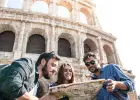




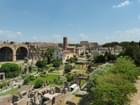

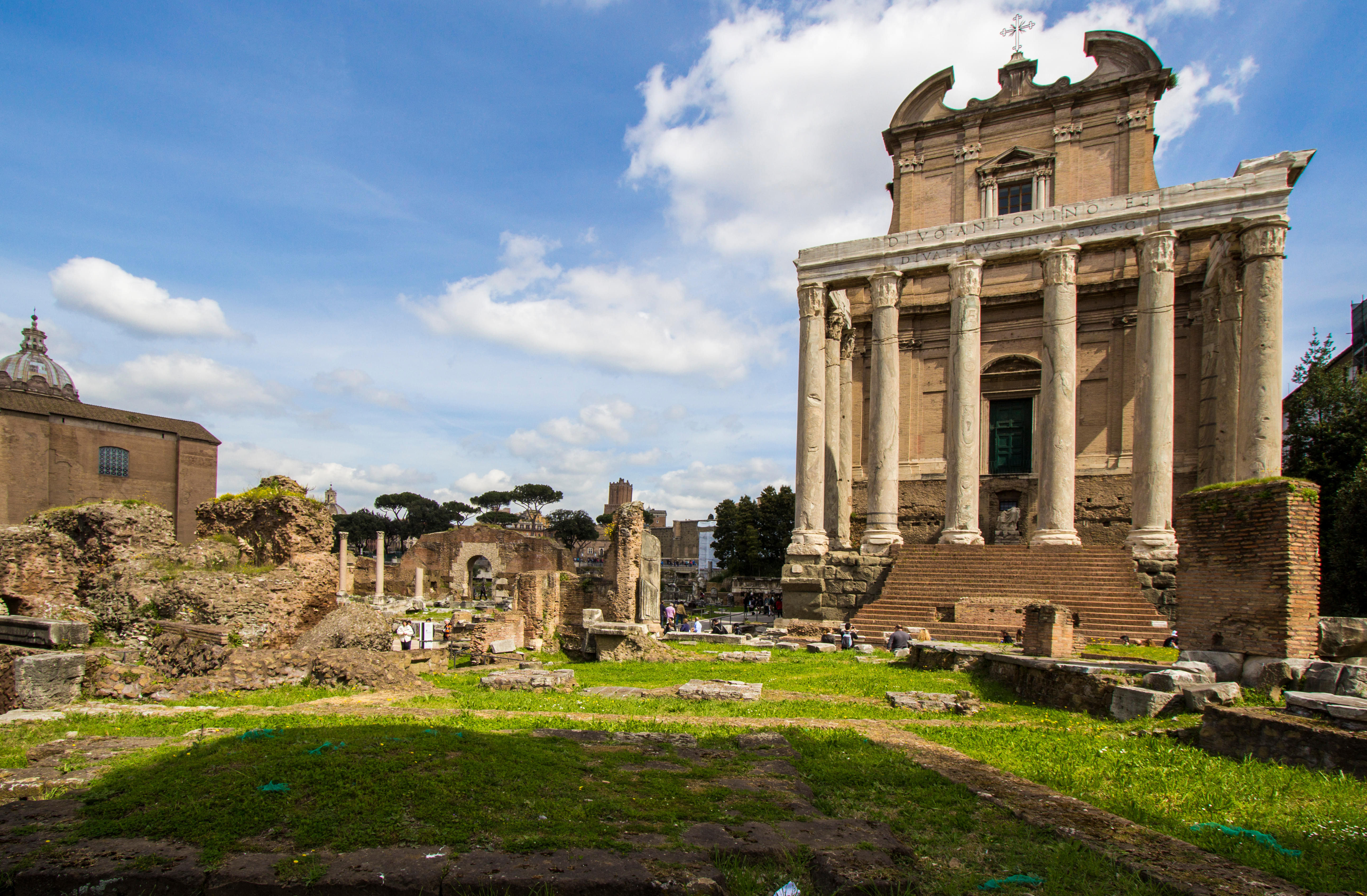
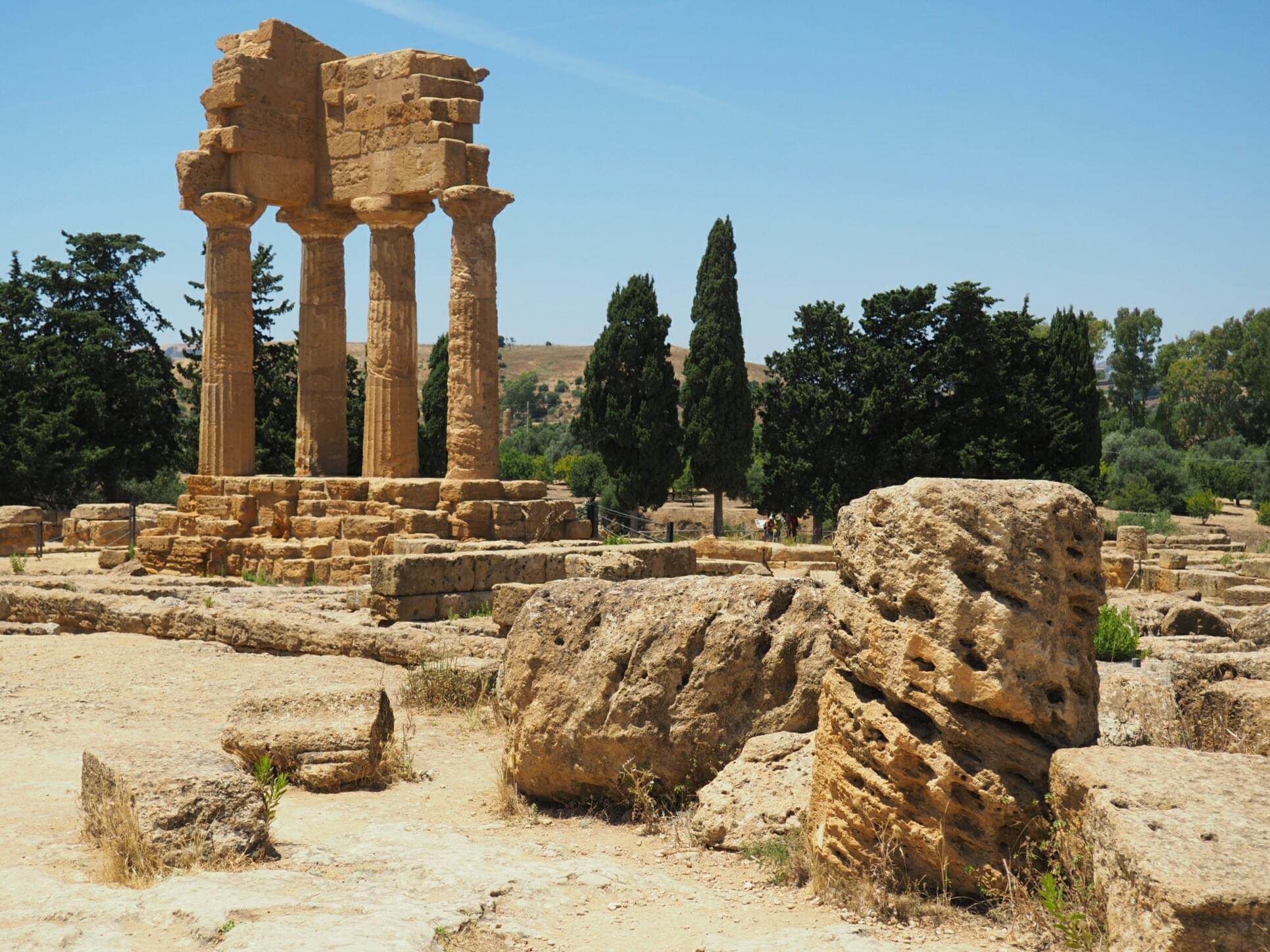
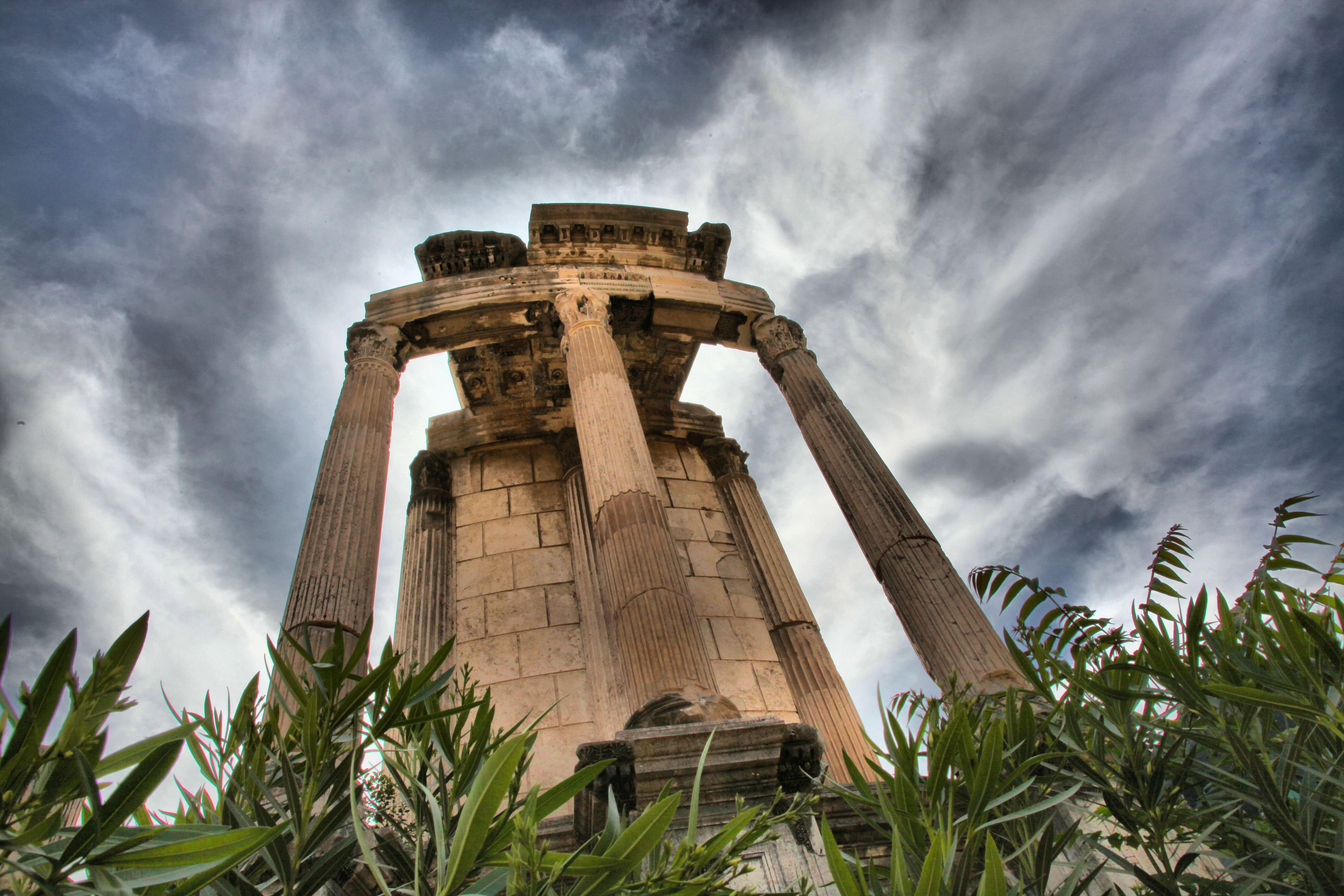
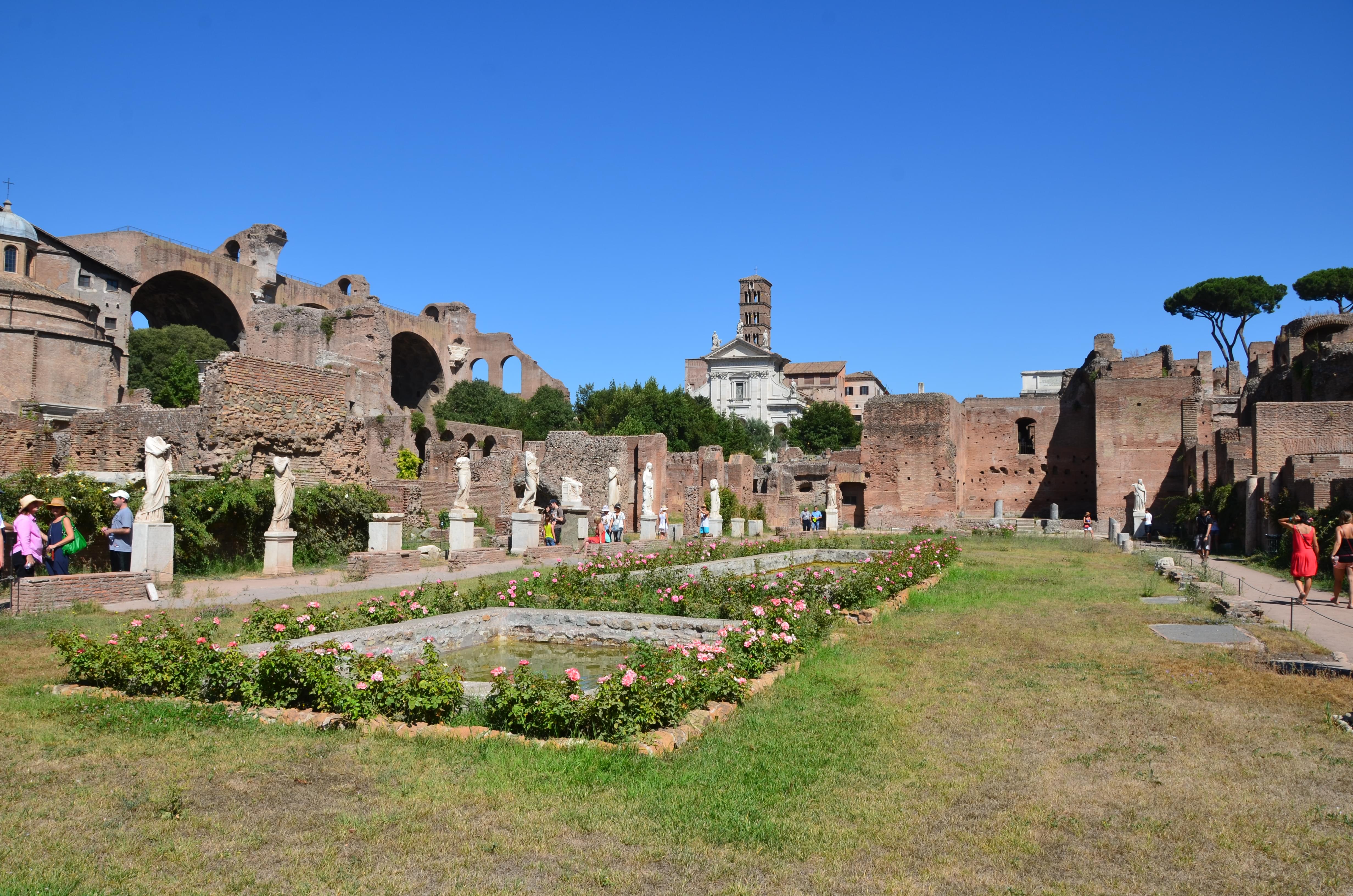
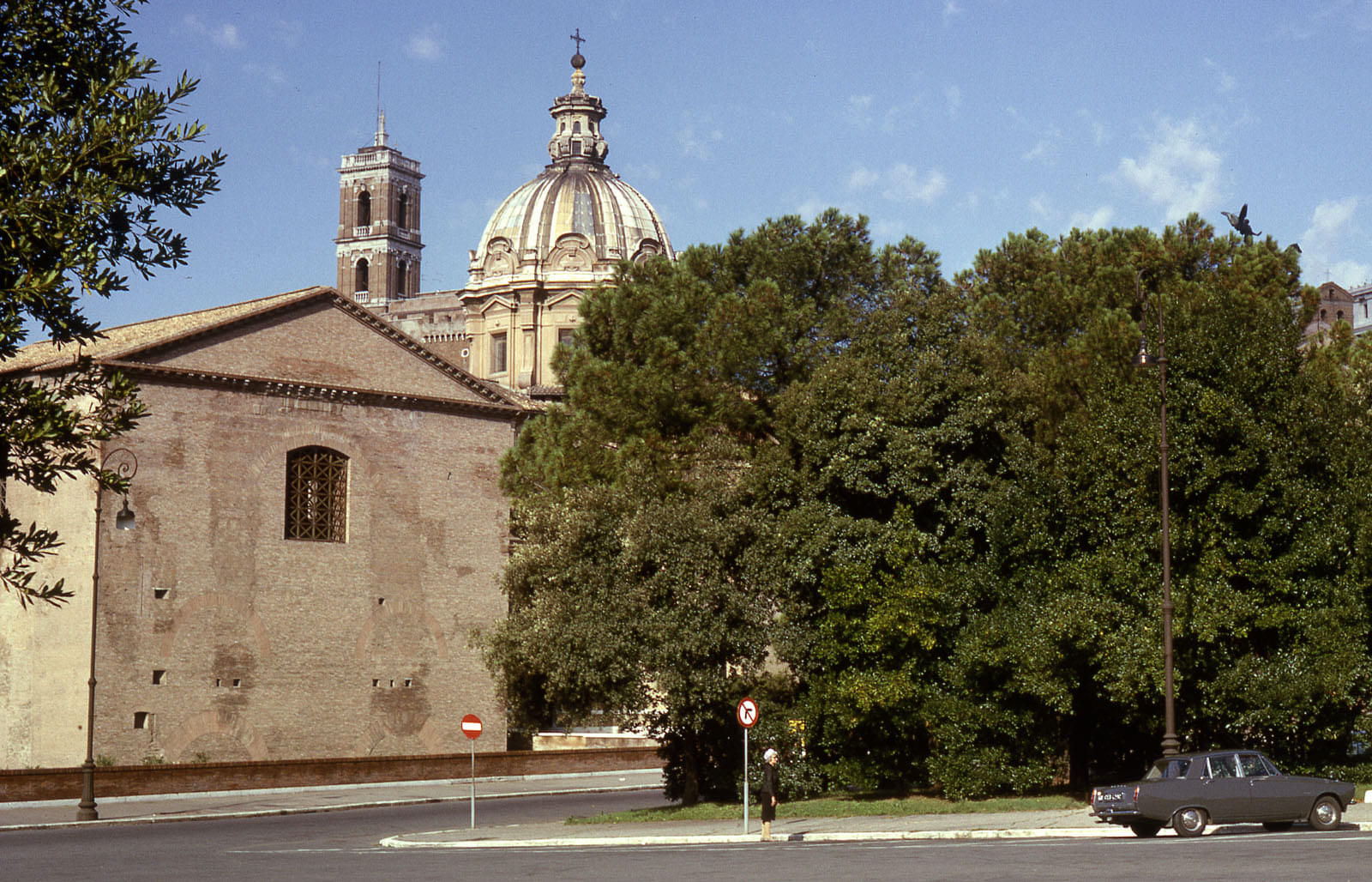
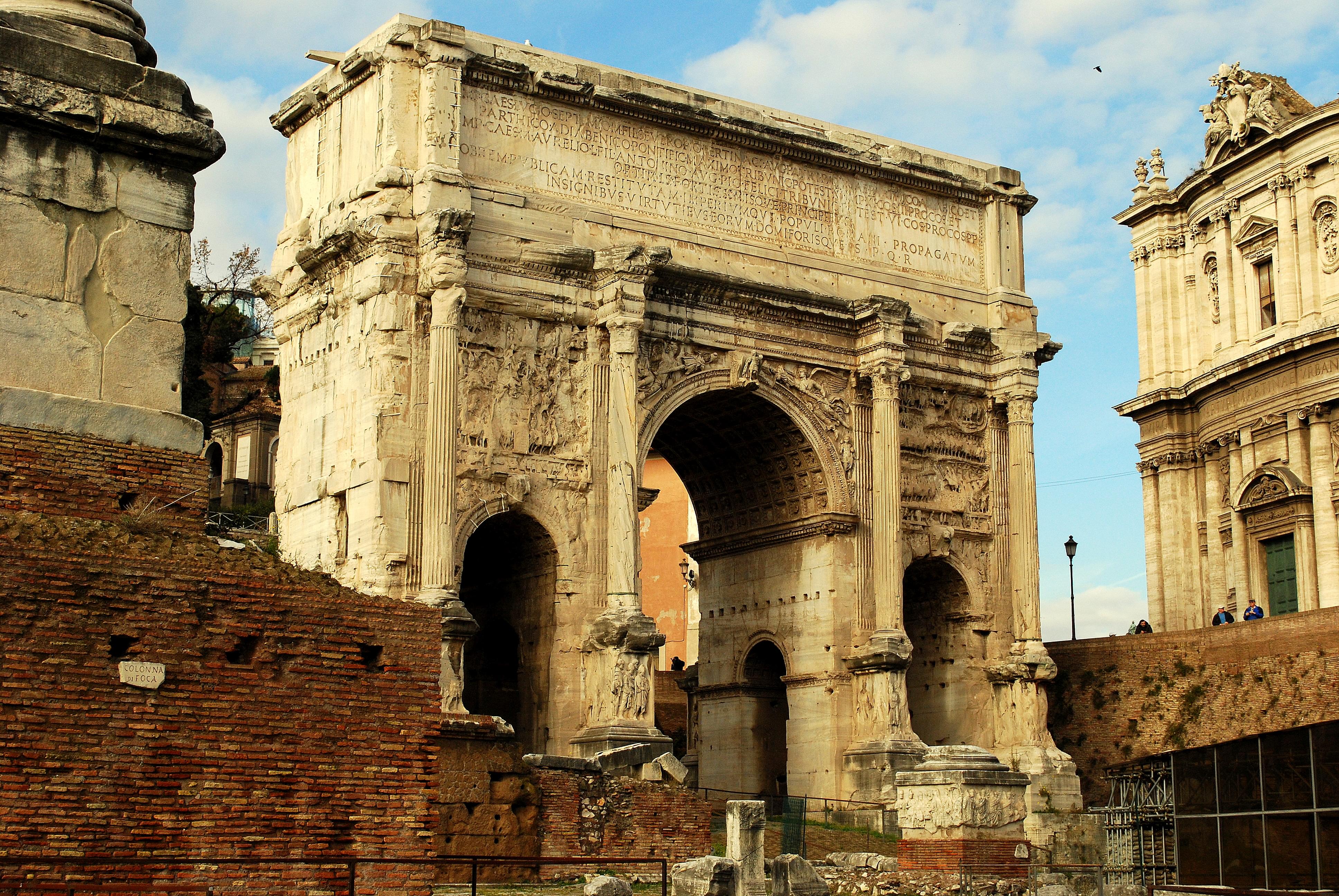
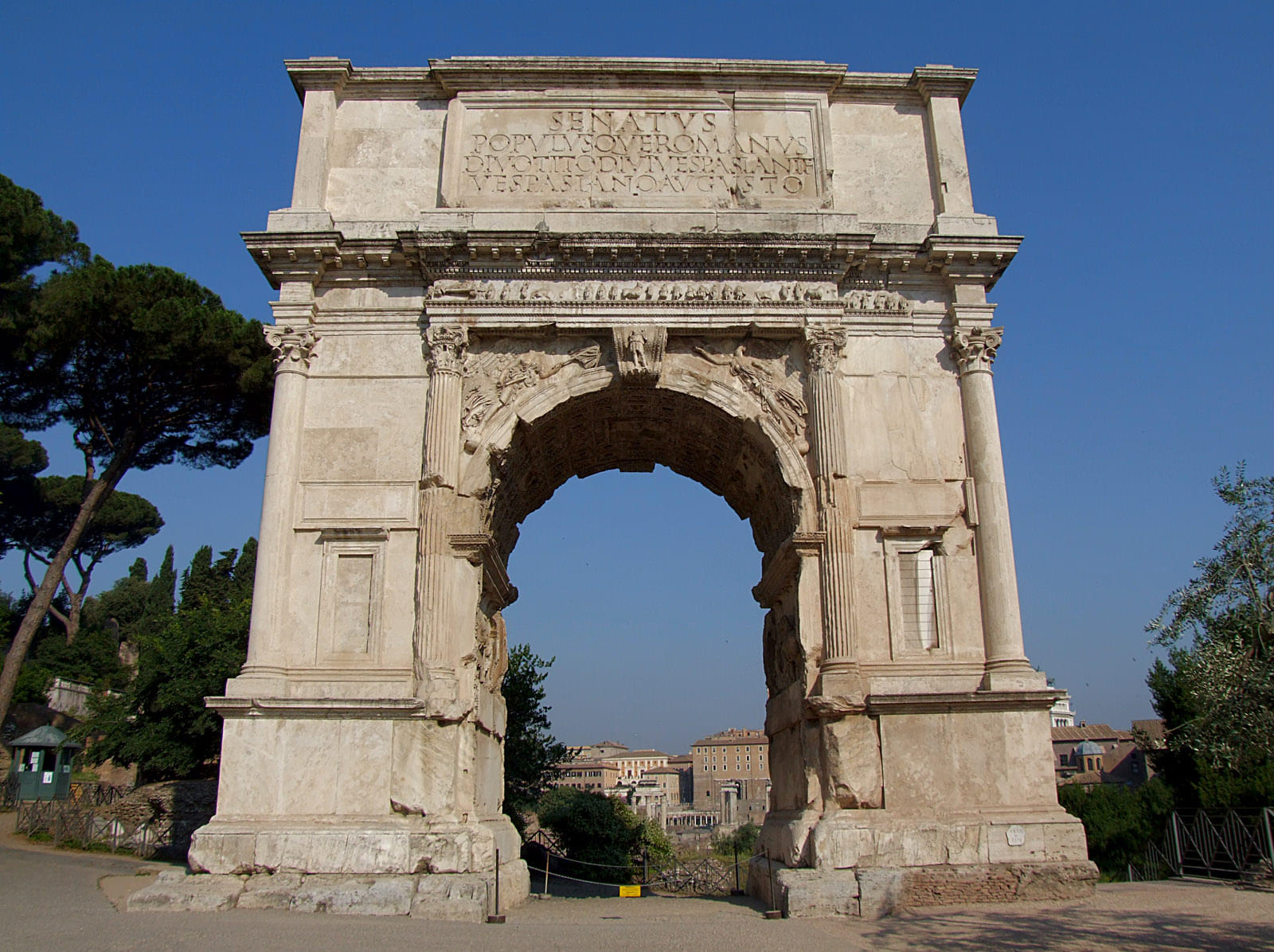
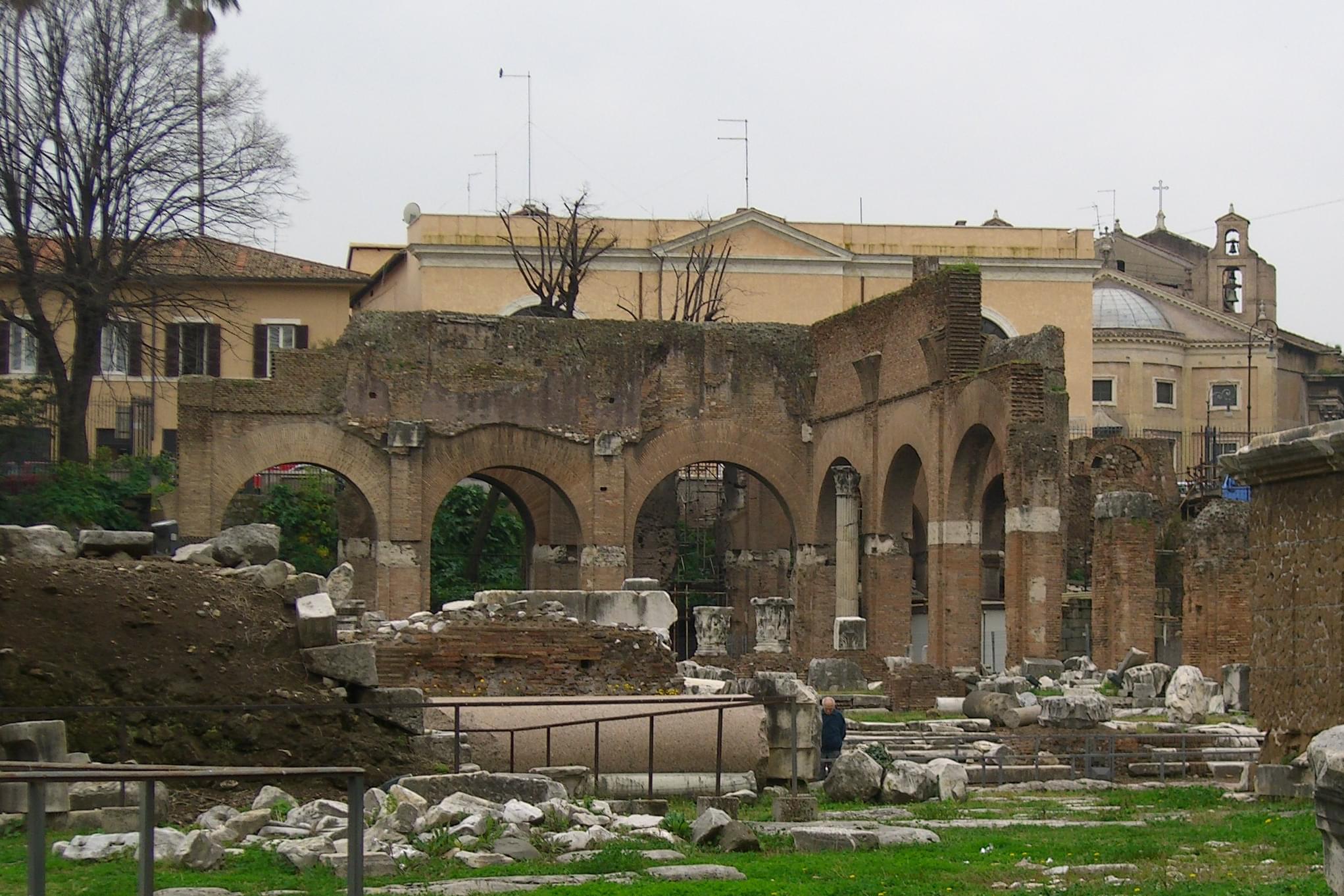
.jpg)


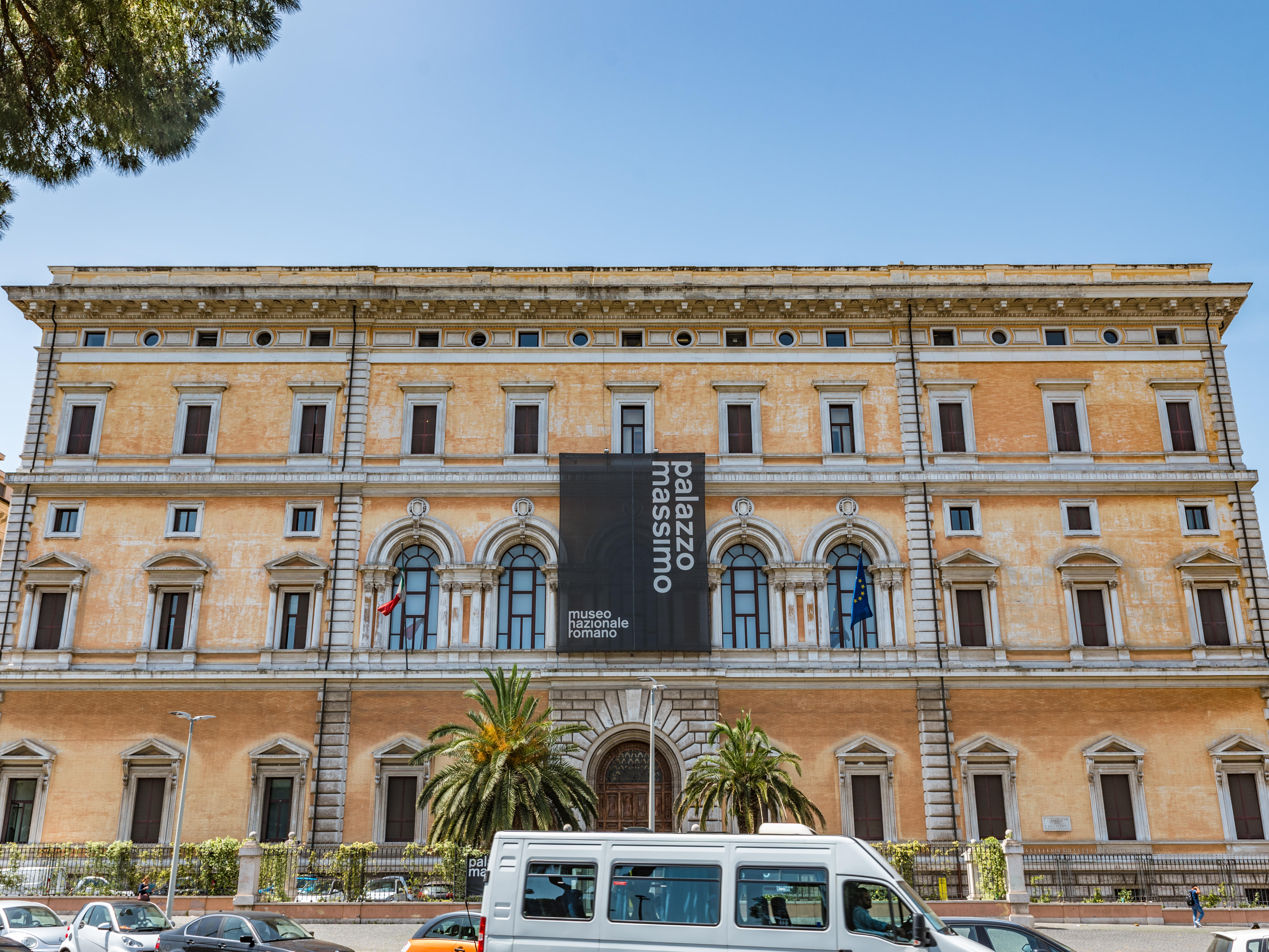
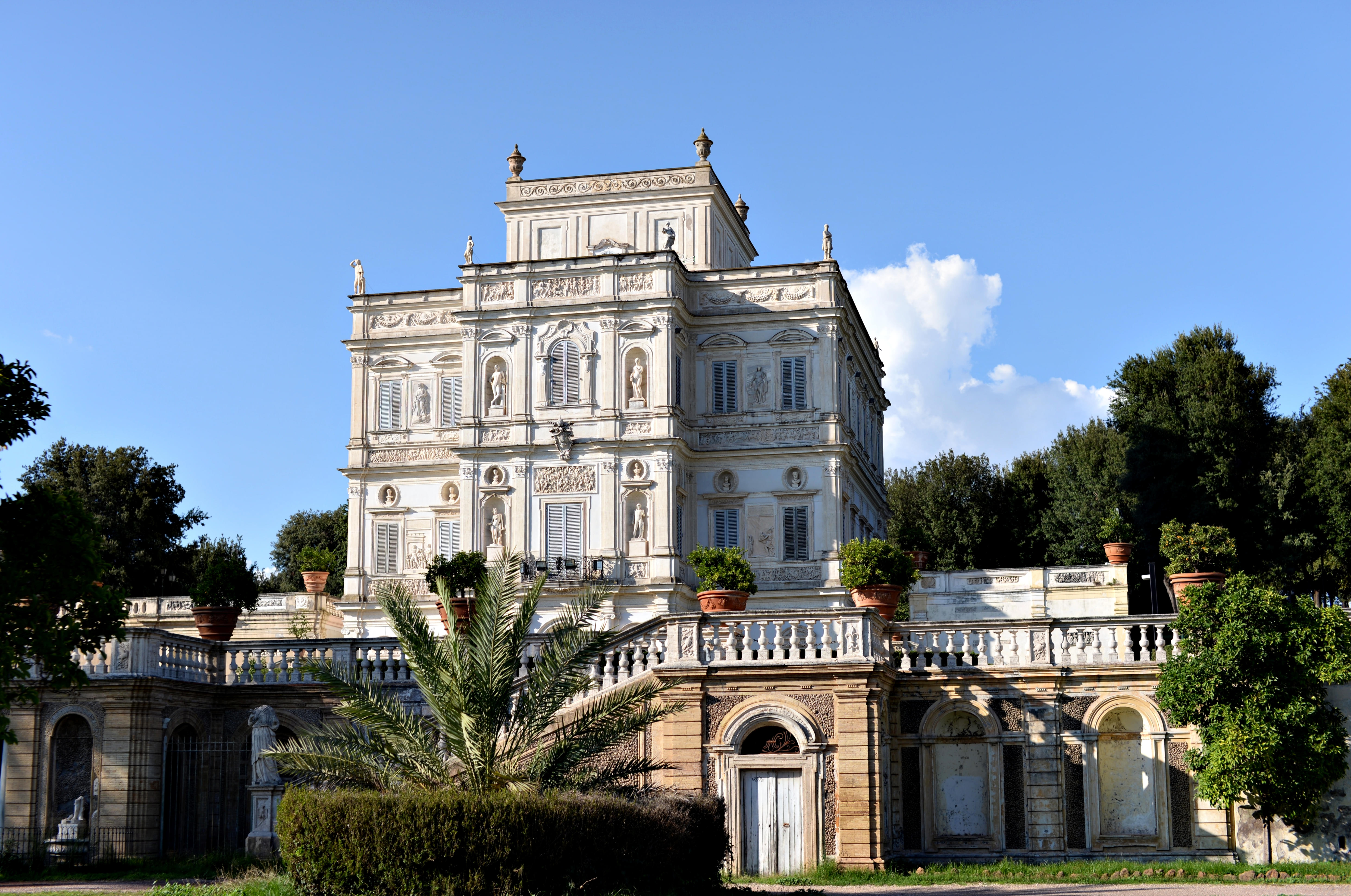


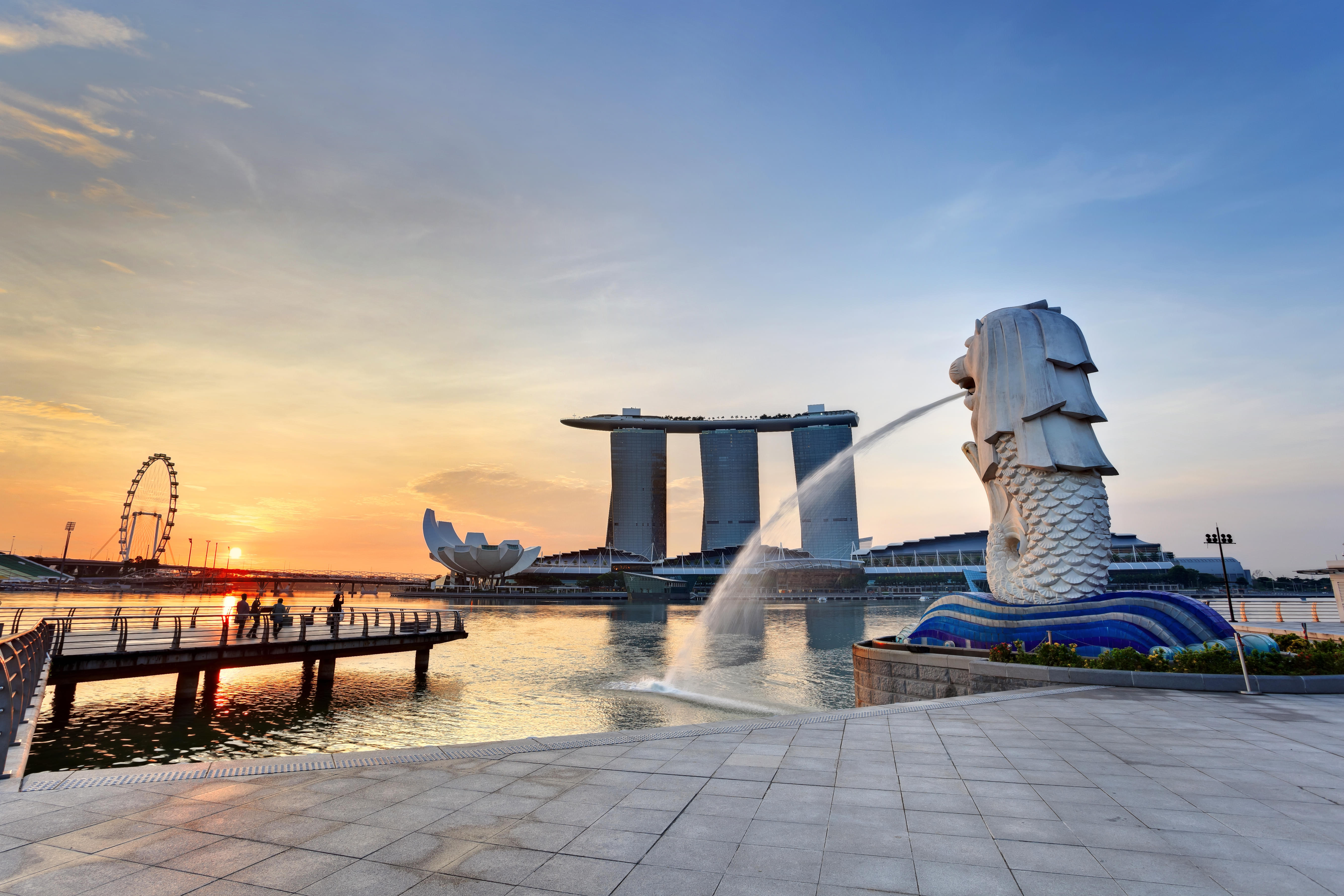
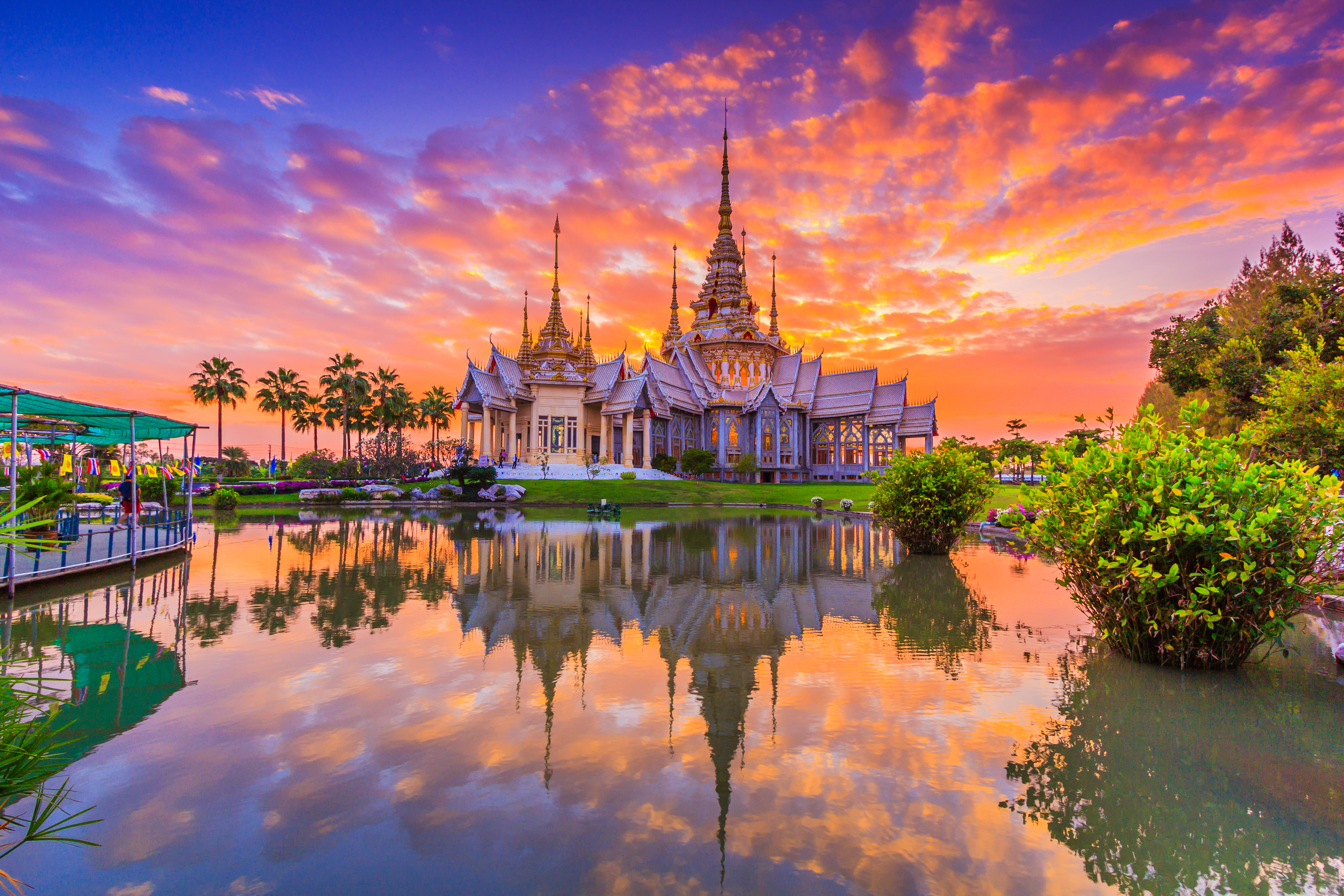
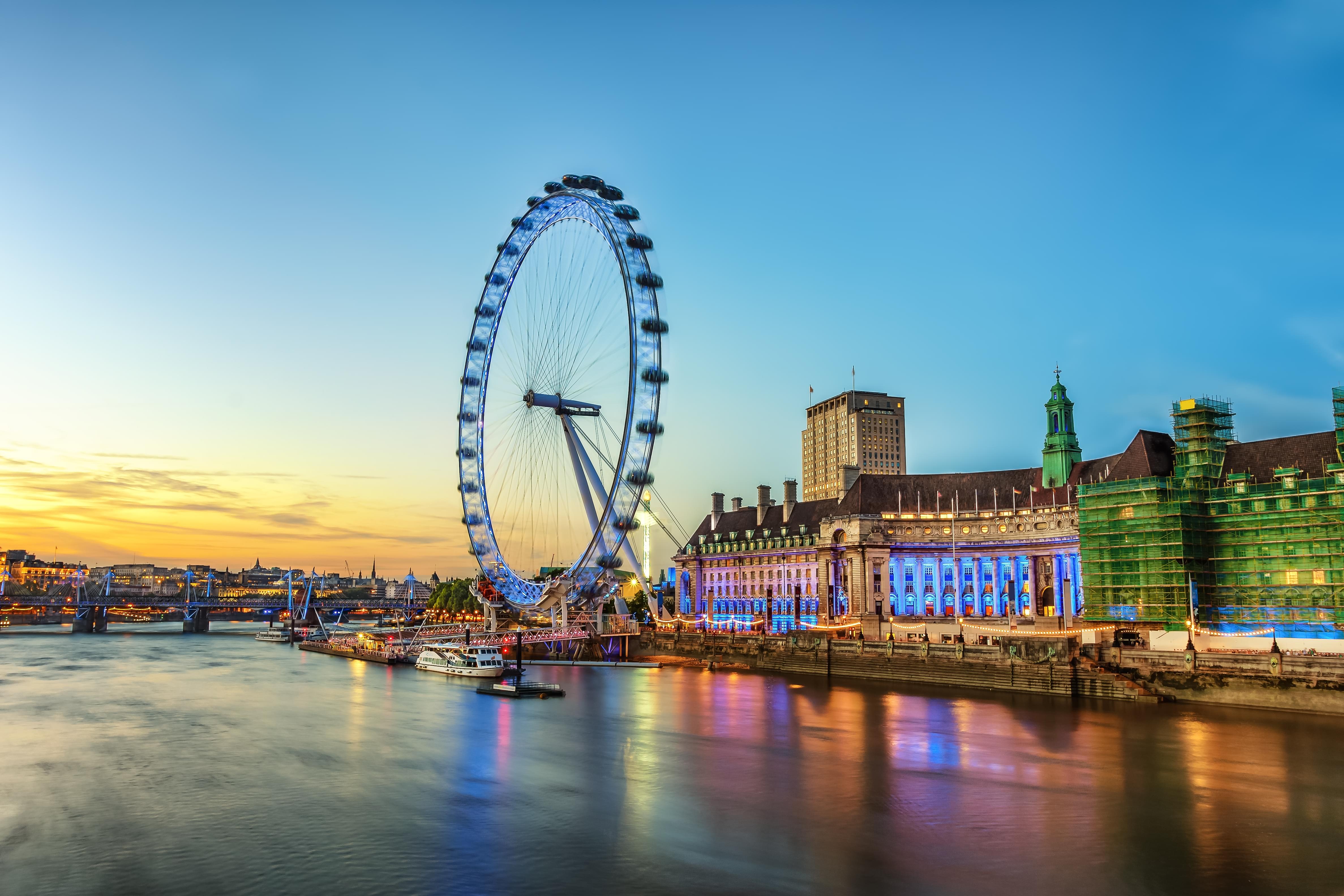
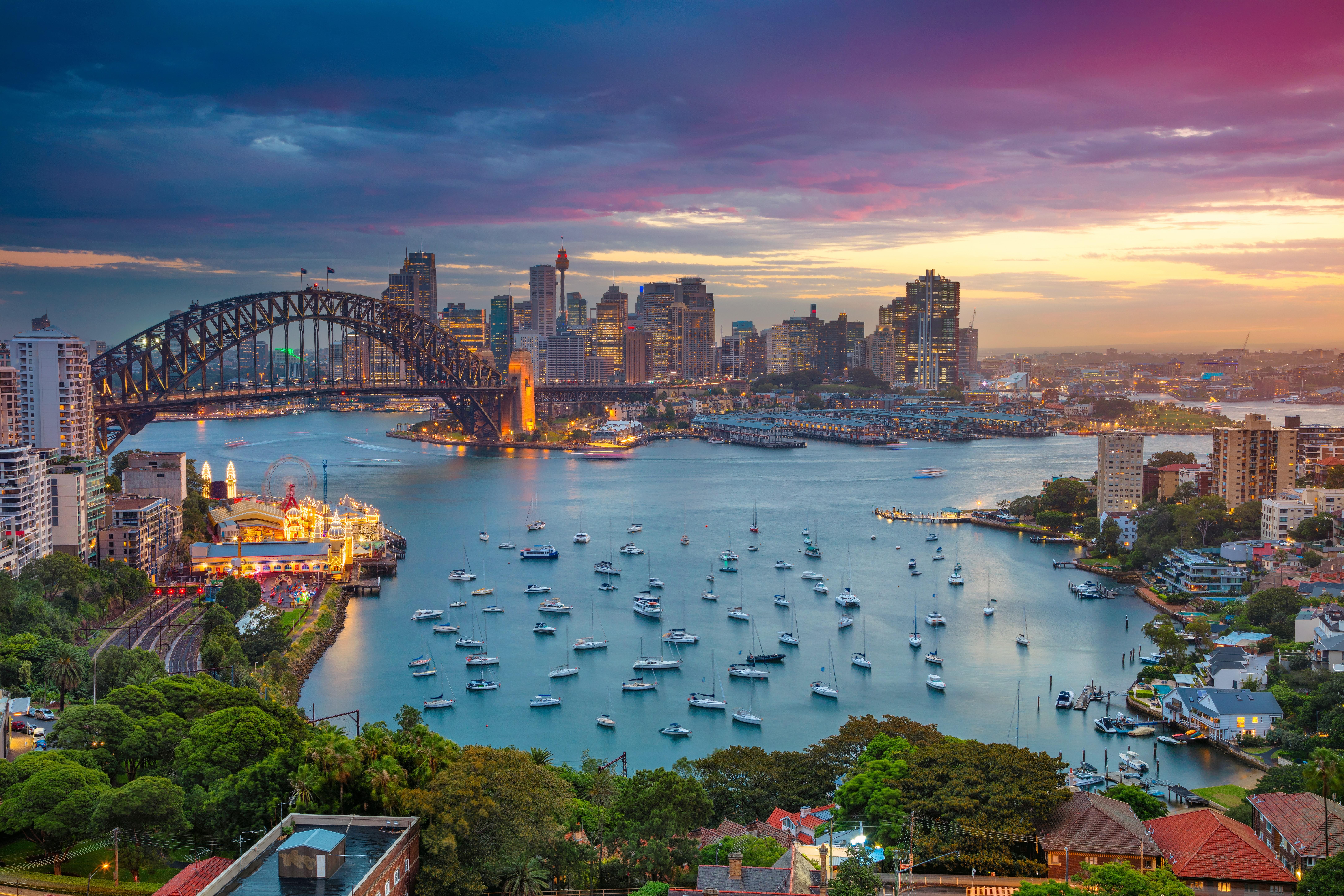
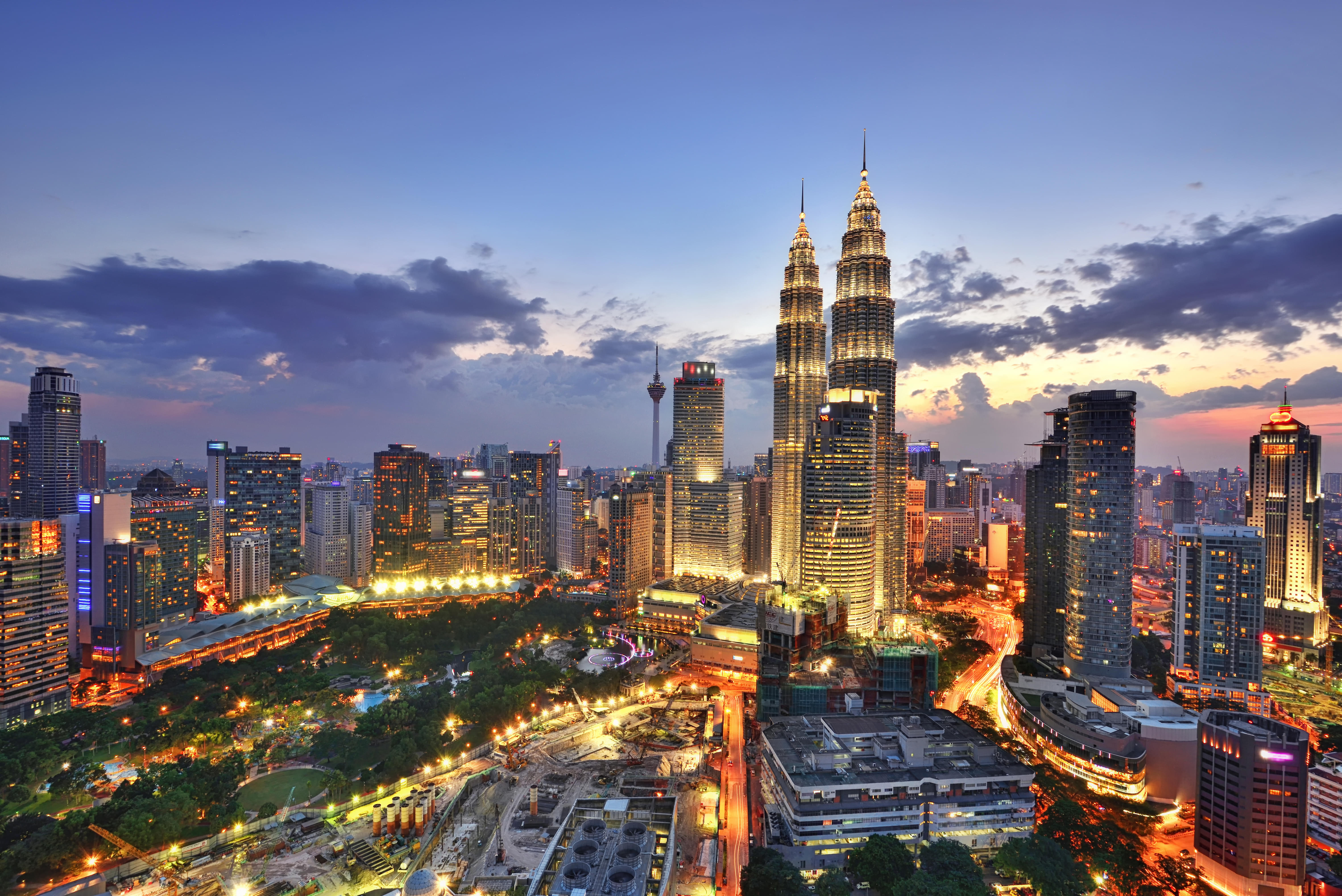
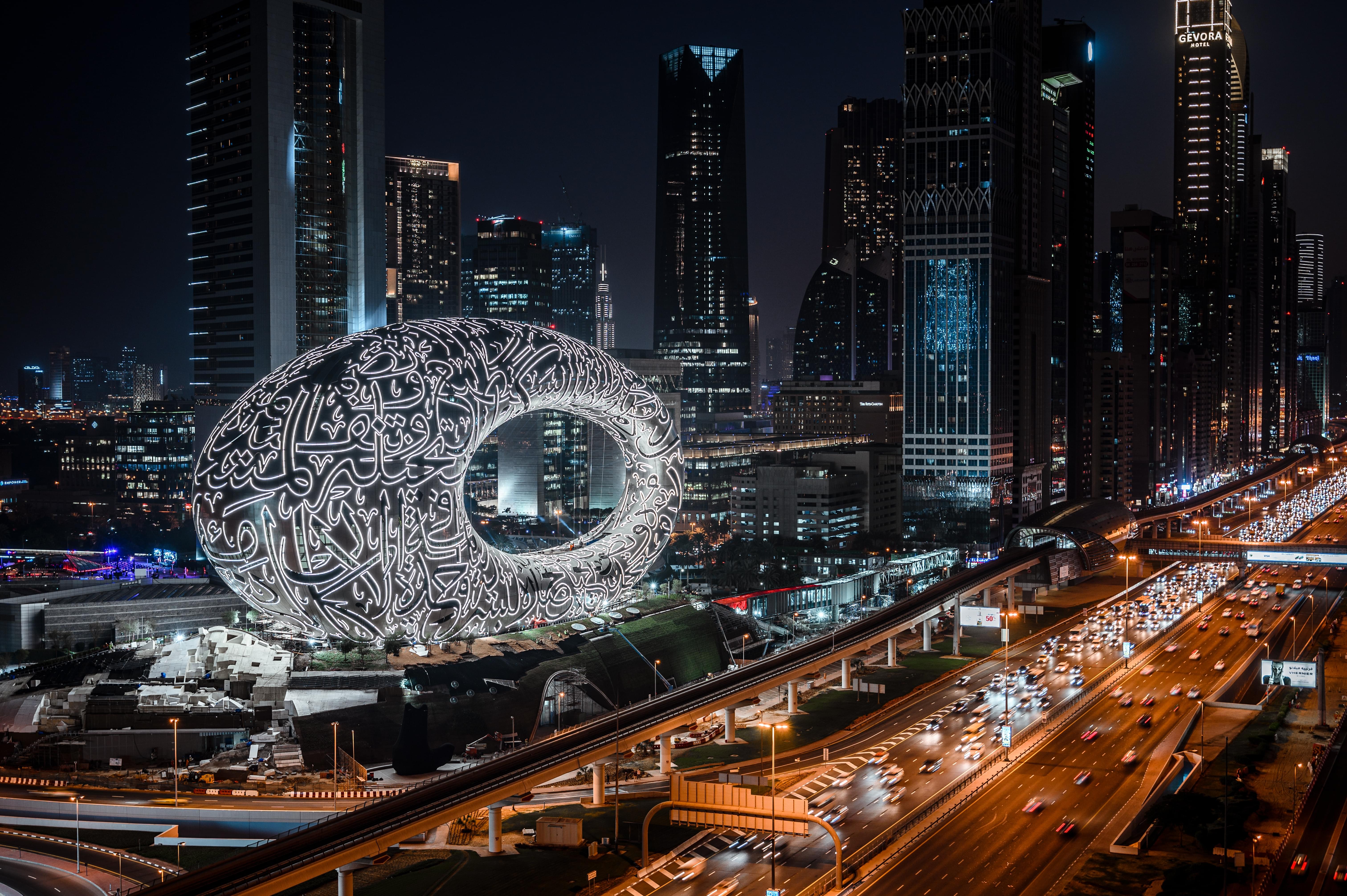

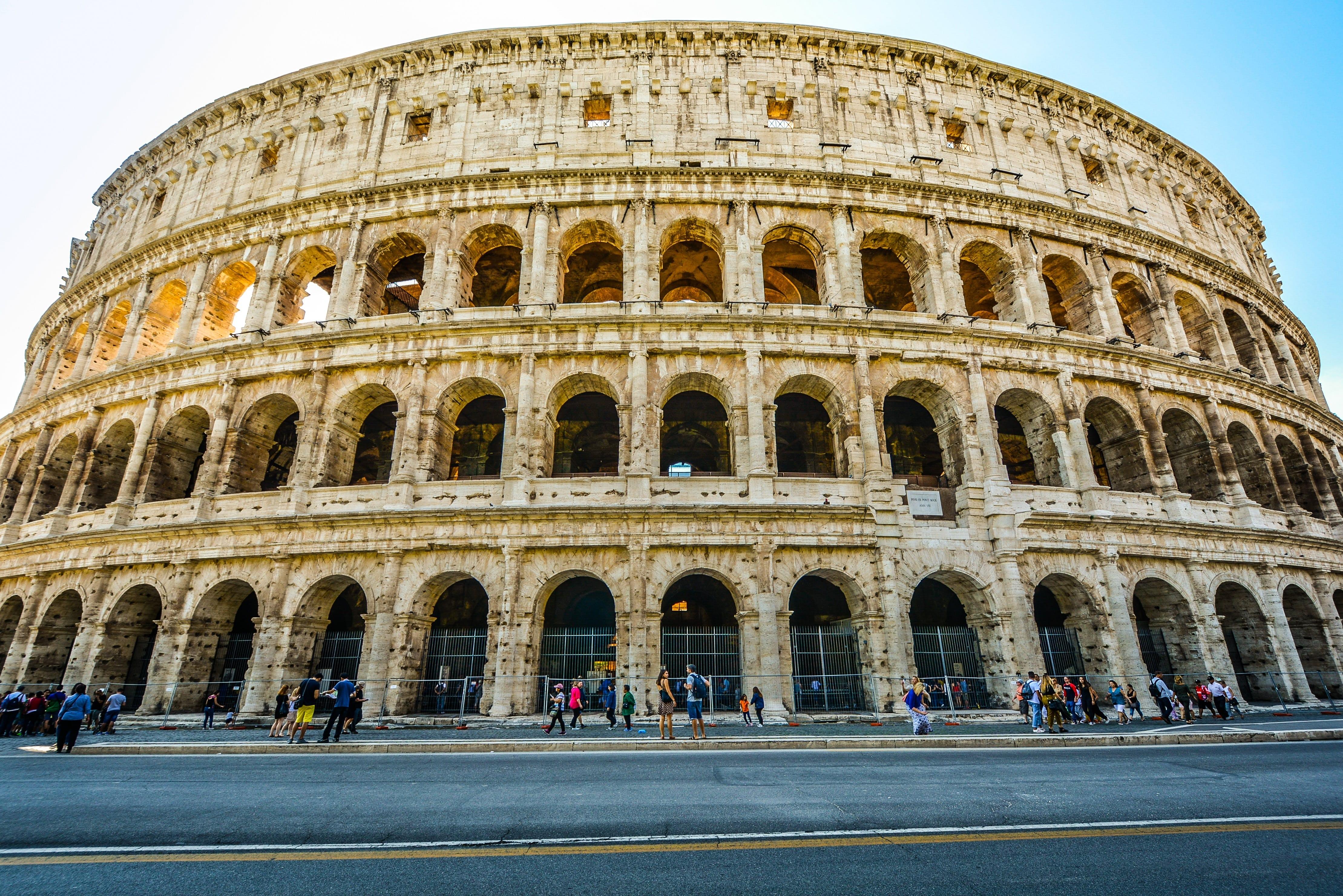
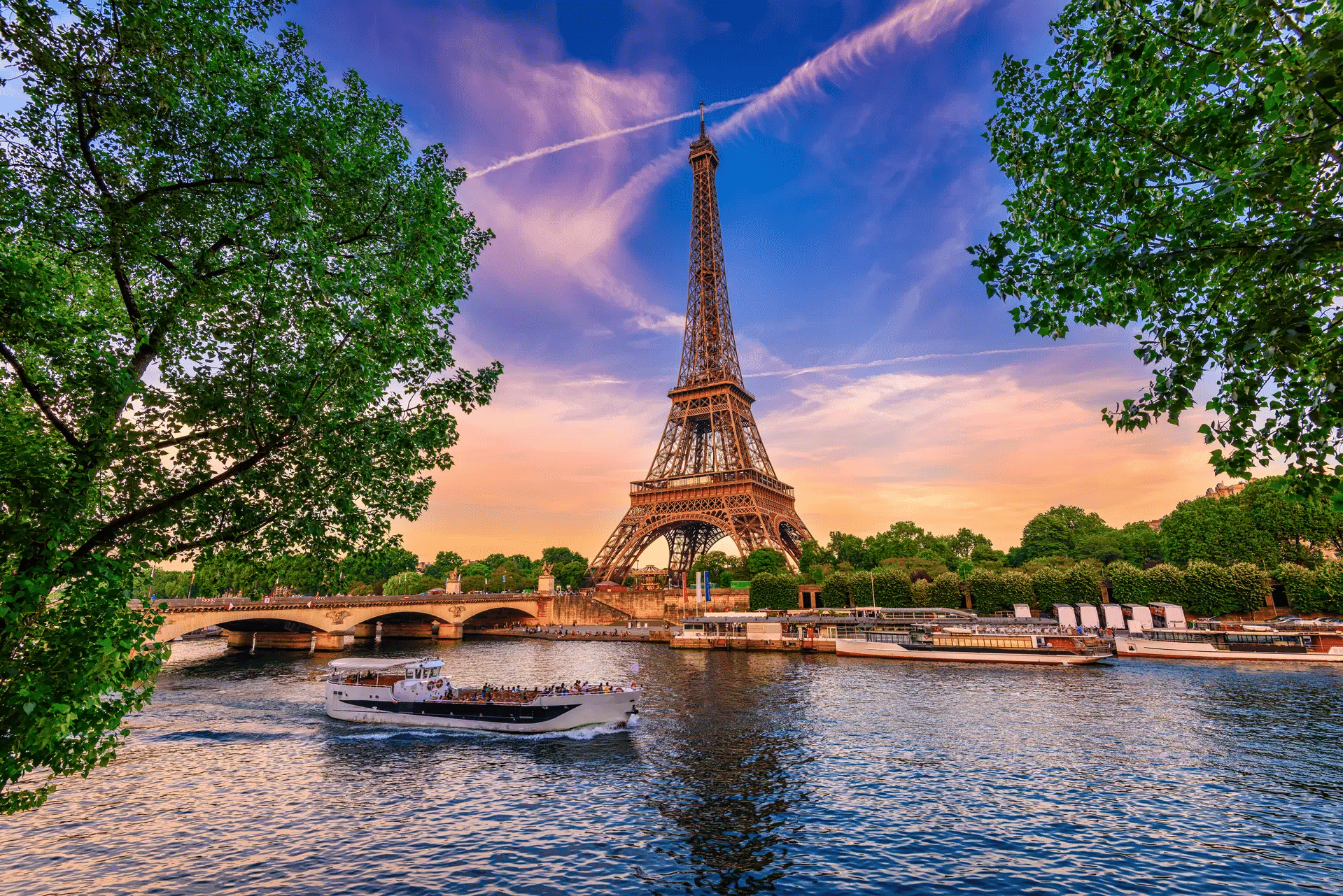

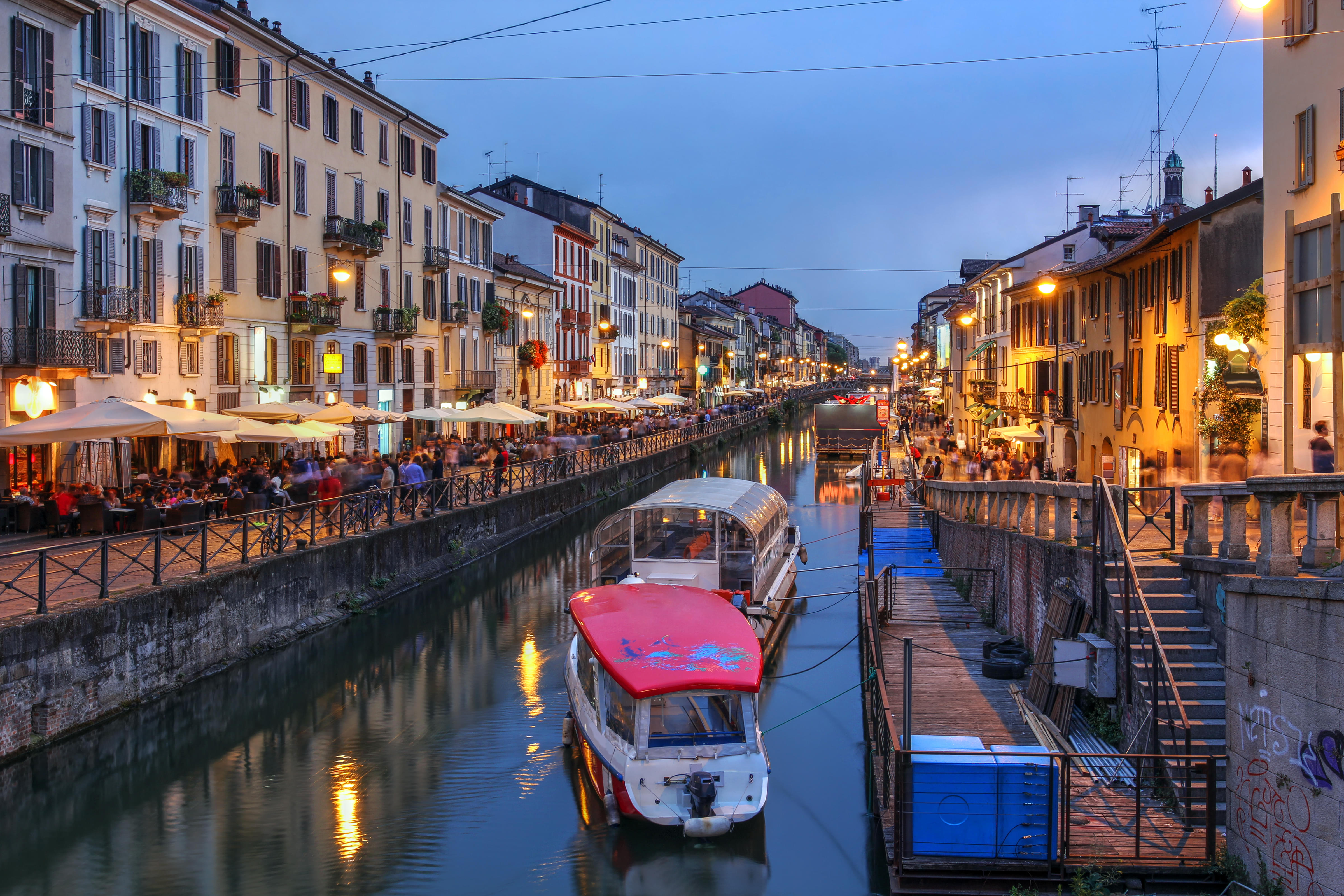

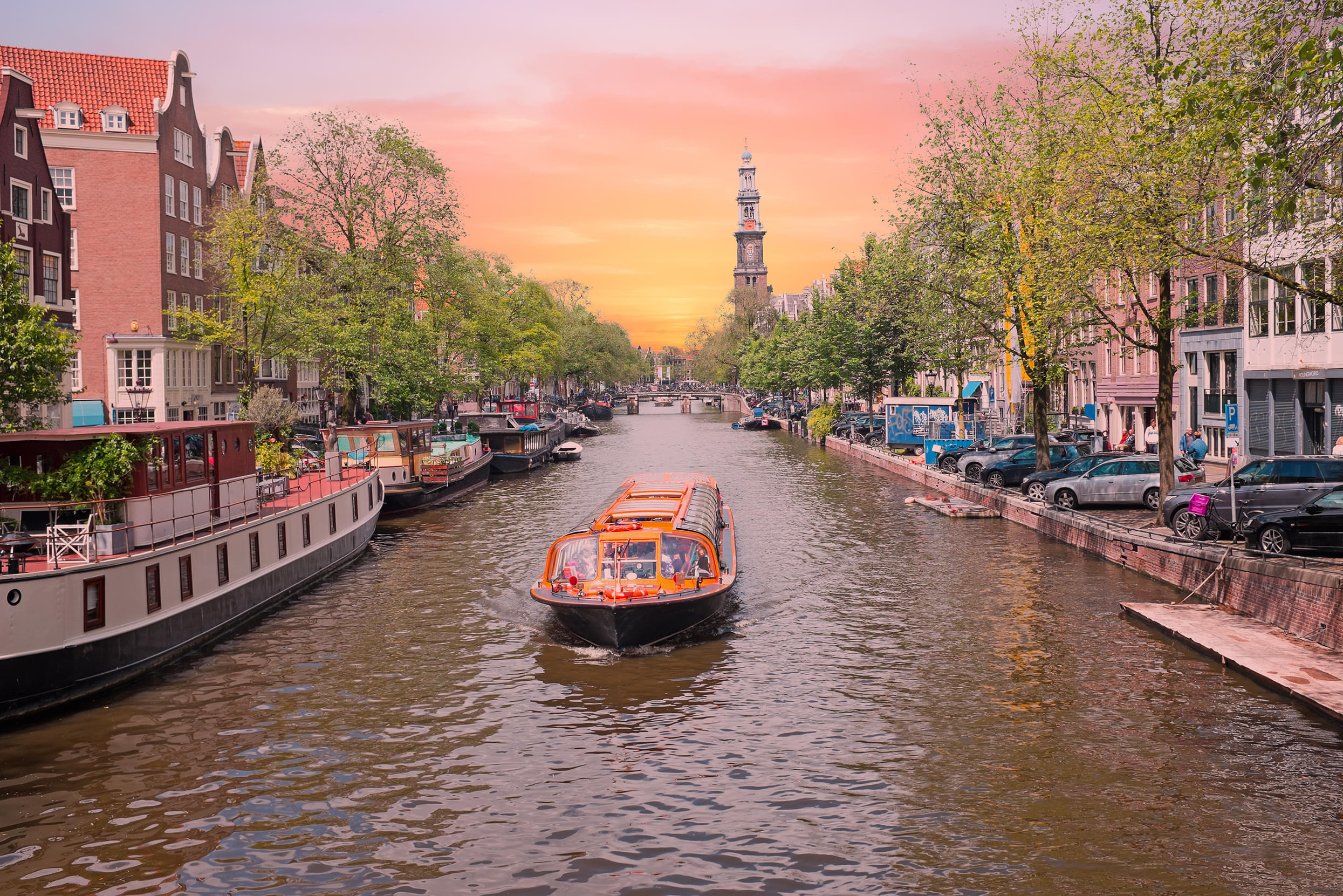
.jpg)